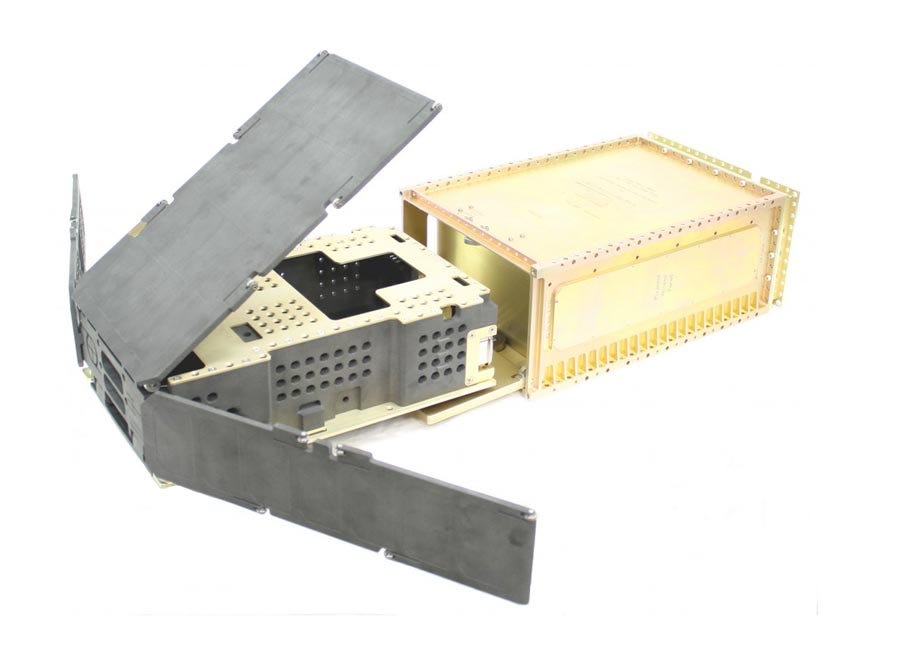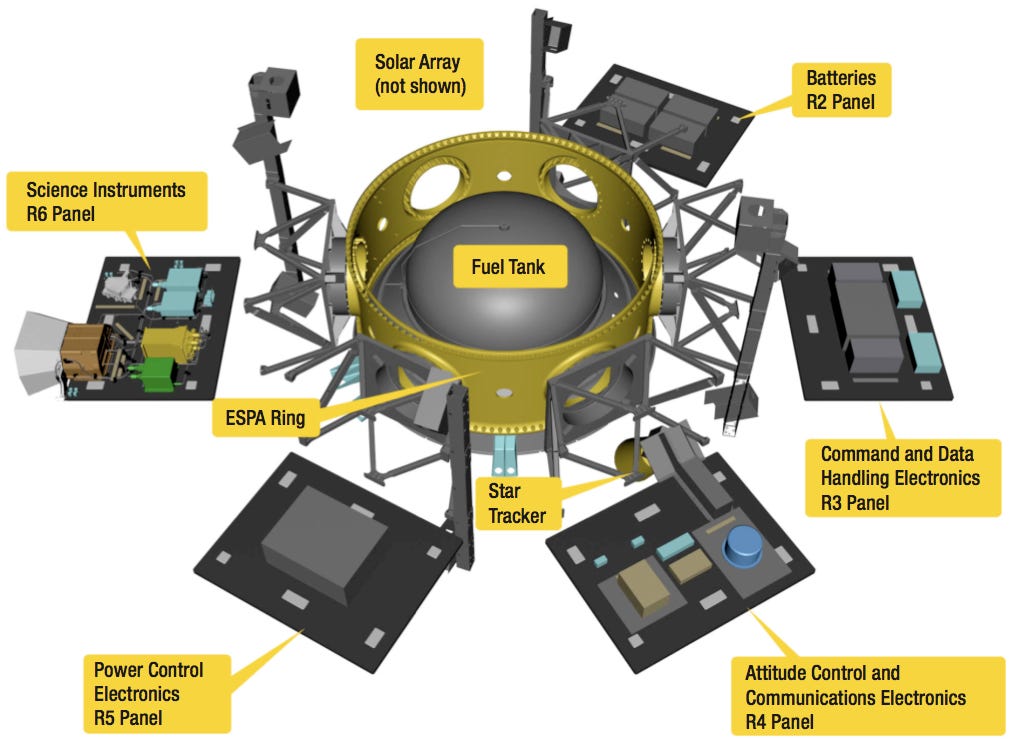Orbit Symphony: Launching Multiple Satellites
Navigating the Cosmos in Bulk
Check new images of Space Deck’s cards: here
In the vast canvas of space exploration, the choreography of satellite launches has evolved into an intricate ballet. This article delves into the technical intricacies of launching multiple satellites on a single rocket, exploring the advantages, historical evolution, methods, challenges faced, and the promising trajectories that lie ahead.
Advantages of Launching Multiple Satellites
Launching multiple satellites in a single mission is akin to a cosmic carpool, maximizing efficiency and minimizing costs. The advantages are multifold, from optimized fuel usage and reduced launch expenses to enhanced flexibility in mission planning.
Inception of Multi-Satellite Launches
The concept of launching multiple satellites in a single mission had its humble beginnings during the space race era. However, it gained significant traction in the late 20th century with the advent of miniaturized satellites such as micro and nano satellites along with advancements in launch vehicle capabilities.
Methods of Launching Multiple Satellites
Launching multiple satellites in a single mission is a complex ballet in space engineering. Various methods and mechanisms have been developed to ensure the precise deployment and functioning of each satellite, optimizing efficiency and cost-effectiveness. Below are some of the key methods and mechanisms employed in multi-satellite launches:
Dispenser Systems

Concept: Dispenser systems are a common method for deploying multiple satellites in a single launch. A dispenser is essentially a container that holds and releases individual satellites.
Operation: Satellites are integrated into the dispenser, which is then mounted onto the rocket's payload fairing. Once in space, the dispenser releases each satellite sequentially, allowing for controlled and precise deployment.
Secondary Payload Adapters

Concept: Secondary payload adapters are structures attached to the primary payload, which is usually a larger satellite or spacecraft. These adapters carry and release smaller satellites.
Operation: Small satellites, often called secondary payloads, are attached to these adapters. Once the primary payload reaches its designated orbit, the secondary payloads are deployed, either simultaneously or in a sequenced manner.
Ride-Share Programs:

SpaceX’s Smallsat Rideshare Program. Detailed description here
Concept: Ride-share programs involve multiple payloads from different customers sharing a single launch.
Operation: Satellites from different organizations or countries are integrated into a common launch vehicle. While this requires coordination, it significantly reduces costs for smaller satellite operators, fostering a collaborative approach to space access.
Dedicated Small Satellite Launchers:
Concept: As the demand for small satellite launches grew, dedicated small satellite launchers were developed.
Operation: These launchers are specifically designed to carry and deploy small satellites. They provide a more tailored solution for operators with smaller payloads, avoiding the need to share a launch with larger, primary payloads.
These methods and mechanisms collectively showcase the evolving sophistication of satellite launch technologies, enabling a diverse range of payloads to reach specific orbits with unprecedented precision. As the demand for space-based services continues to grow, these innovations are set to play a pivotal role in the future of multi-satellite launches.
While the benefits are substantial, launching multiple satellites is not without its challenges. Technical intricacies, such as the deployment sequence and satellite separation mechanisms, require meticulous planning. The symphony of launching multiple satellites encapsulates both the art and science of space exploration. From the early ambitions of reaching the stars to the modern-day constellations mapping our skies, the journey has been transformative. As technology advances, and the demand for space-based services surges, mastering the intricacies of multi-satellite launches becomes paramount. The cosmos awaits, and the era of launching constellations is just beginning.echnical intricacies, such as the deployment sequence and satellite separation mechanisms, require meticulous planning.



